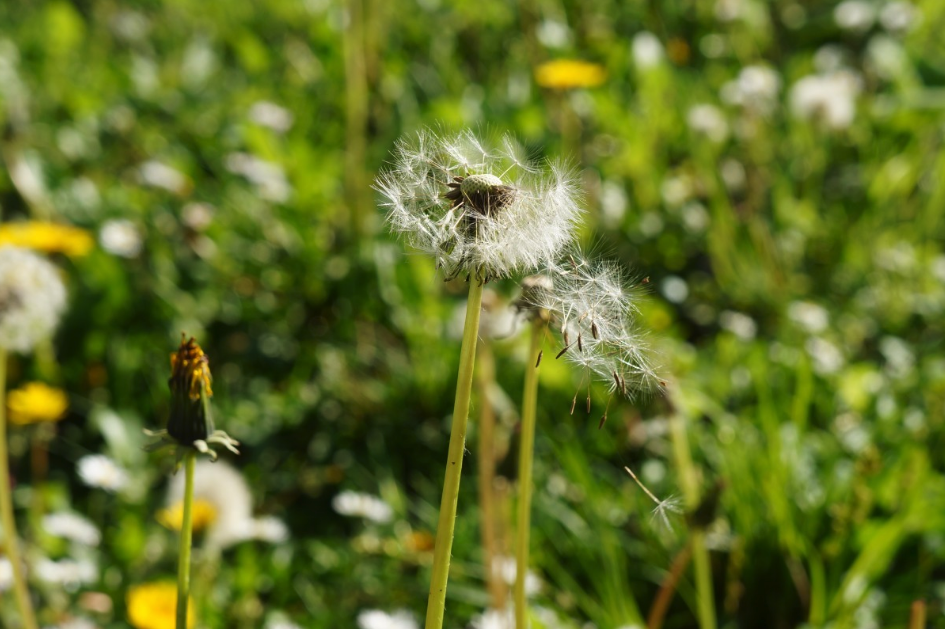If you live in Chicago, there is no doubt you’re starting to feel the allergic effects of ragweed pollen. Ragweed pollen is one of the most common allergies – about 23 million Americans are affected by ragweed pollen. The light pollen spreads so easily that it triggers nasal allergies and asthma everywhere. In order to combat the effects, it is helpful to understand what you are up against. Here are 6 facts you may not know about ragweed.
Peak Season is Mid-September
In some states, mainly those in the South, ragweed begins pollinating as early as June. For us in the Midwest, it begins to appear in August and peaks in mid-September. It can then stick around for as late as November, depending on the temperature. Some studies suggest that rising temperatures and higher carbon dioxide levels due to climate change contribute to longer growth time of plants like ragweed.
Ragweed Grows in 49 States
The only state that ragweed does not grow is Alaska. Even Hawaii has had ragweed introduced into its environment. Within the 49 states that it exists, there are 17 different types of ragweed. The AAAAI’s National Allergy Bureau is available to track pollen counts from trees, weeds, grass and mold in every state. Chicago’s daily tracker can be found here: http://pollen.aaaai.org/nab/index.cfm?p=allergenreport
Your Immune System Can Get Confused
Unfortunately it’s not just ragweed making your eyes itch. Other plants related to ragweed can cause symptoms as well. Plants like sunflowers, sage, burweed marsh elder, rabbit brush, mugworts, groundsel bush and eupatorium all can trigger these symptoms and might need to be avoided.
Alongside plants, certains foods may cause symptoms if you have a ragweed allergy. Cantaloupes, bananas, watermelon and sunflower seeds all can trigger similar reactions from your immune system. This is because the proteins in these foods are similar to the pollen and your body can struggle to differentiate.
If you have oral allergy syndrome, (OAS), your mouth might itch or tingle while eating these. In some rare cases it can trigger anaphylaxis, so it is very important to know if you have a food allergy, or OAS, and how to treat it.
Ragweed Pollen Can Travel Far
Because the actual ragweed pollen is very light, it’s able to travel long distances being carried by the wind. It has been known to be found up to two miles in the area and in the ocean as far as 400 miles away from the coast!
The best solution if you feel like ragweed is constantly following you is to make sure it doesn’t stick with you. If you need to spend a lot of time outside, be sure to change your clothes and wash them as soon as possible once you are inside. Showering and washing your hair every night is also a good preventative measure to keep pollen outside of your home, and especially out of your bed. If you have visitors, make them take off their shoes before they enter your home.
If you are suffering from fall allergies, Premier Allergy, Asthma & Sinus Care can provide treatment and relief. Schedule your appointment with one of our doctors and put the sniffling and sneezing to rest!




